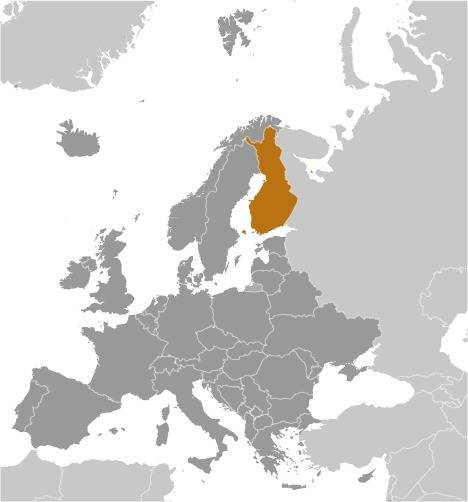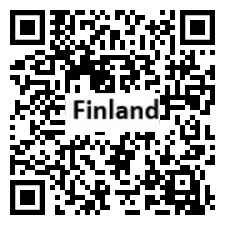Country Summary




Introduction
Background
Finland was a province and then a grand duchy under Sweden from the 12th to the 19th centuries, and an autonomous grand duchy of Russia after 1809. It gained complete independence in 1917. In the 21st century, the key features of Finland's modern welfare state are high-quality education, promotion of equality, and a national social welfare system.
Geography
Area
total: 338,145 sq km
land: 303,815 sq km
water: 34,330 sq km
Climate
cold temperate; potentially subarctic but comparatively mild because of moderating influence of the North Atlantic Current, Baltic Sea, and more than 60,000 lakes
Natural resources
timber, iron ore, copper, lead, zinc, chromite, nickel, gold, silver, limestone
People and Society
Population
5,601,547 (2022 est.)
Ethnic groups
Finnish, Swedish, Russian, Estonian, Romani, Sami
Languages
Finnish (official) 86.5%, Swedish (official) 5.2%, Russian 1.6%, other 6.7% (2021 est.)
Religions
Lutheran 66.6%, Greek Orthodox 1.1%, other 1.7%, none 30.6% (2021 est.)
Population growth rate
0.24% (2022 est.)
Government
Government type
parliamentary republic
Capital
name: Helsinki
Executive branch
chief of state: President Sauli NIINISTO (since 1 March 2012)
head of government: Prime Minister Sanna MARIN (since 10 December 2019)
Legislative branch
description: unicameral Parliament or Eduskunta (200 seats; 199 members directly elected in single- and multi-seat constituencies by proportional representation vote and 1 member in the province of Aland directly elected by simple majority vote; members serve 4-year terms)
Economy
Economic overview
highly industrialized, export-based EU economy and euro user; high per capita GDP; major timber, metals, engineering, telecommunications, and electronics industries; manageable public debts; rigid labor laws impose higher regulatory burdens
Real GDP (purchasing power parity)
$261.39 billion (2020 est.)
Real GDP per capita
$47,300 (2020 est.)
Agricultural products
milk, barley, oats, wheat, potatoes, sugar beets, rye, pork, poultry, beef
Industries
metals and metal products, electronics, machinery and scientific instruments, shipbuilding, pulp and paper, foodstuffs, chemicals, textiles, clothing
Exports
$108.22 billion (2019 est.)
Exports - partners
Germany 14%, Sweden 10%, United States 8%, Netherlands 6%, China 6%, Russia 5% (2019)
Exports - commodities
refined petroleum, paper and wood pulp products, cars, stainless steel, lumber (2019)
Imports
$107.39 billion (2019 est.)
Imports - partners
Germany 16%, Sweden 14%, Russia 13%, China 6%, Netherlands 6% (2019)
Imports - commodities
crude petroleum, cars and vehicle parts, refined petroleum, broadcasting equipment, packaged medicines (2019)
Exchange rates
euros (EUR) per US dollar -
Page last updated: Thursday, December 08, 2022
